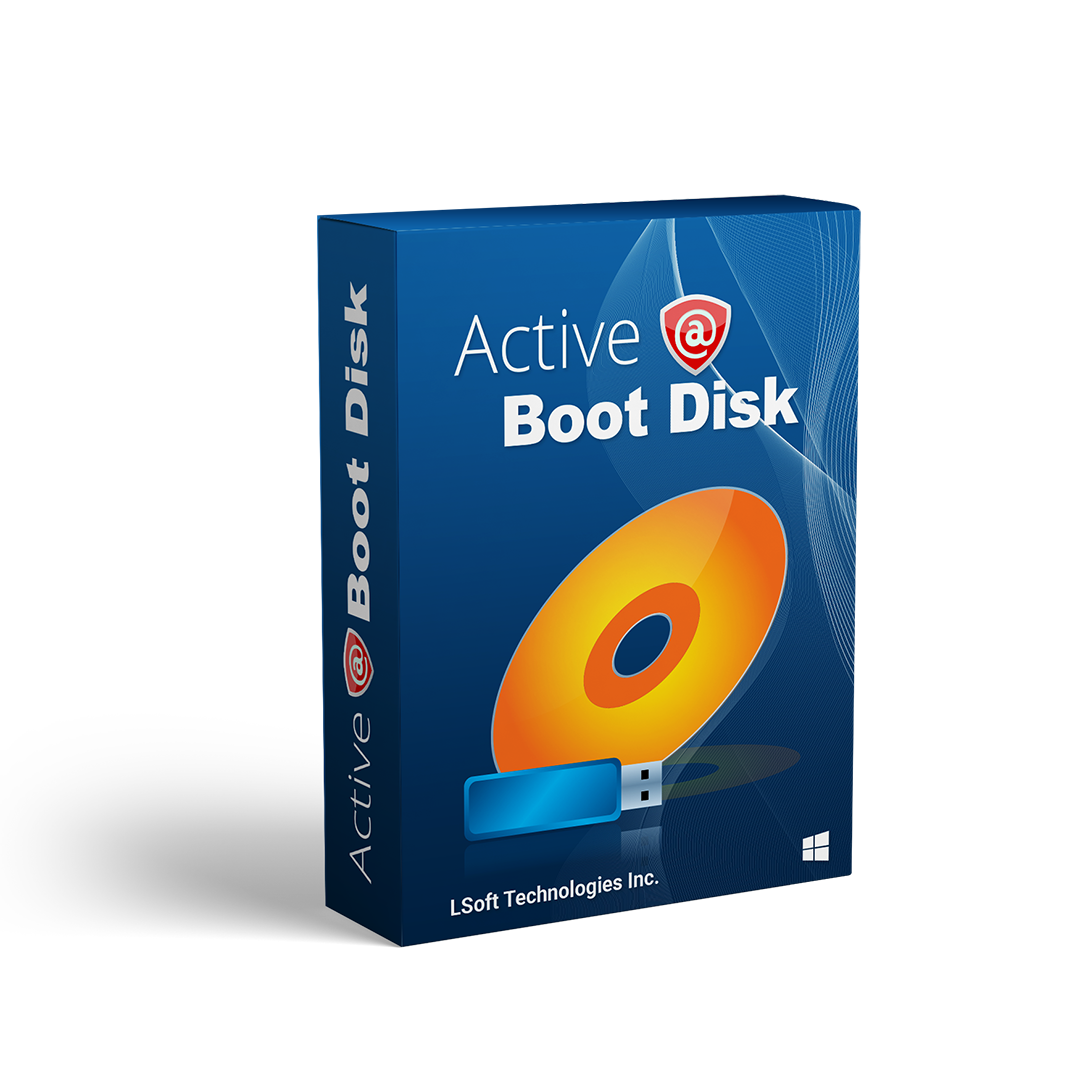Origins and Iterations of WMV Video Formats
Introduction
The Windows Media Video (WMV) format is an integral part of digital multimedia history, known for its utility and efficiency in creating and managing video content. Developed by Microsoft, WMV emerged during a period when video technology was rapidly evolving, marking its territory among other video formats. This article will explore the history of WMV, its development over the years, and how modern tools, such as Active@ UNDELETE, continue to play a role in its usage today.
The Genesis of WMV
The WMV format was introduced in 1999, building on Microsoft’s intention to provide a format that could offer high-quality video content at lower bitrates. This intention was aligned with the limitations of that period's internet speeds and storage capacities. The goal was to allow more effective streaming of video content over the internet. WMV was a part of a larger suite within the Windows Media framework, including Windows Media Audio (WMA) and the Advanced Systems Format (ASF).
Early Development and Types of WMV
Initially based on Microsoft's implementation of the MPEG-4 Part 2 standard, WMV underwent several transformations to adapt to user needs and technological advancements. The original codec, simply referred to as WMV, was designed to handle internet streaming as effectively as possible in conditions where bandwidth was limited. The format soon evolved, incorporating a version of Microsoft's proprietary compression algorithm, often competing with similar products such as RealVideo and Apple's QuickTime.
The early 2000s saw the release of WMV7, followed by WMV8, which offered improvements in compression techniques and video quality. These iterations made the format increasingly popular for web-based applications and as a viable option for the growing need for digital video content management.
WMV9: A Leap Forward
In 2003, Microsoft released a significant update: Windows Media Video 9 (WMV9). Representing a leap forward, WMV9 offered vastly improved video quality and higher compression capabilities, making it a suitable choice for high-definition content. Microsoft even positioned WMV9 as a basis for its VC-1 codec, which was later standardized by the Society of Motion Picture and Television Engineers (SMPTE) and became a requirement for HD DVD and Blu-ray Disc video.
WMV9 not only enhanced the viewing experience with sharper and clearer images but also solidified Microsoft's position in the competitive codec market. This format became a crucial element of professional and consumer-level video applications, catering to a wide range of devices and platforms.
MPEG-4: The Dawn of Versatility
As digital technology advanced, so did the requirements for more versatile video encoding. MPEG-4 emerged in late 1998, focusing not only on higher compression rates but also upon interactive features, 3D rendering, and object-oriented video. The format became popular for streaming over the internet due to its flexibility, especially the H.264/AVC codec, which provided crisp, clear videos at a fraction of the data rates required before.
Modern Iterations and Adaptations
As technology advanced, so did the WMV format, adapting to new environments and user demands. This flexibility was necessary as video consumption habits shifted dramatically with the advent of mobile devices and faster internet connections. Even with decreasing dominance due to increased competition from formats like MP4 and H.264, WMV remains relevant in certain circles due to its integration with Windows products and backward compatibility.
Today, WMV files continue to be used in various applications, such as streaming services, digital storage, and archiving. Its compatibility with an array of devices and its ability to provide respectable quality at lower file sizes make it a practical choice for users needing specific functionality that WMV provides.
Active@ UNDELETE: Preserving WMV and More
As the demand and dependency on video content grows, so does the need for effective data recovery solutions that accommodate a wide range of file formats, including WMV. Active@ UNDELETE emerges as a powerful tool equipped to recover lost or deleted video files among other data types. Developed to retrieve data from damaged or formatted disks, Active@ UNDELETE utilizes robust file signatures to identify and recover files even when traditional methods fail.
This software is particularly beneficial for recovering partitions from various file systems, ensuring no data is irretrievably lost. Integrated into bootable recovery environments such as Active@ LiveCD and Active@ Boot Disk, Active@ UNDELETE provides a reliable safety net for users aiming to restore critical digital content. Its ability to recognize and recover files without being restricted by file system limitations showcases its versatility and efficiency in data recovery scenarios. challenges.
Conclusion
The history and evolution of the WMV format underscore its significant role in the digital video landscape. From its inception by Microsoft to facilitate smoother internet streaming to its iteration as a high-definition content codec, WMV has proven its adaptability and enduring relevance. The advent of cutting-edge data recovery tools like Active@ UNDELETE further enhances the utility of WMV, ensuring that even if data loss occurs, recovery remains a tangible possibility. Weaving through decades of technological advancement and usage adaptation, WMV encapsulates the dynamic nature of digital multimedia formats—an evolution marked by innovation, challenge, and resilience.
Software used in the article:



